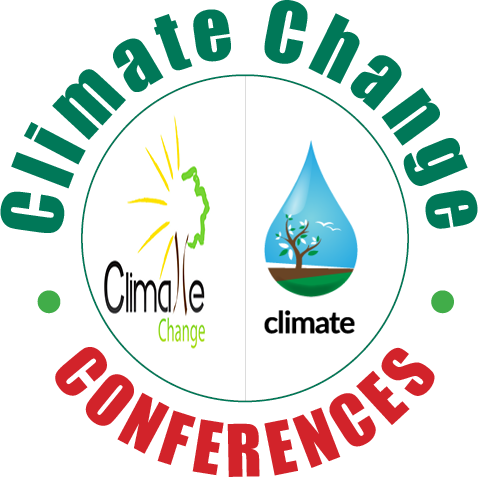Zenghui Xie
Chinese Academy of Sciences, China
Title: Hydrologic and climatic responses to global anthropogenic groundwater extraction
Biography
Biography: Zenghui Xie
Abstract
Anthropogenic groundwater exploitation essentially changes soil moisture, land-atmosphere water and energy fluxes, even climate system. In over-exploited regions, the terrestrial water storage has been rapidly depleted, causing water unsustainability and climate change. Quantifying the hydrologic and climatic responses to anthropogenic groundwater extraction not only advances our understanding on the hydrological cycle with human intervention, but also benefits effective human water management. In this paper, the authors incorporated a scheme of anthropogenic groundwater exploitation into the Community Earth System Model 1.2.0, and conducted a series of simulations over globe to investigate the effects of groundwater exploitation on the hydrological processes and climate system around the world. The framework of the coupled model are shown in Fig. 1. The model was also applied over Heihe River Basin in northwestern China for investigating the impacts of water use and groundwater lateral flow on basin-scale land processes, and the eco-hydrological effects of stream-aquifer water interaction over riverbanks. Results show that groundwater exploitation caused drying in deep soil layers but wetting in upper layers, with a rapidly declining water table in areas with the most severe groundwater extraction, including the central United States, North China Plains and the north India and Pakistan. The atmosphere also responded to groundwater extraction, with cooling at the 850 hPa level over the north India and Pakistan and a large area in North China and central Russia. Increased precipitation occurred in North China Plains. Decreased precipitation occurred in north India because the Indian monsoon and its transport of water vapor were weaker as a result of cooling induced by groundwater use. Local terrestrial water storage was unsustainable at the current high extraction rate. Thus, a balance between reduced water withdrawal and rapid economic development must be achieved to maintain a sustainable water resource, especially in over-exploited regions.
Recent Publications
-
Xie Z, Liu S, Zeng Y, Gao J, Qin P, et al. (2018) A high-resolution land model with groundwater lateral flow, water use and soil freeze-thaw front dynamics and its applications in an endorheic basin. Journal of Geophysical Research-Atmospheres 123.
-
Zeng Y, Xie Z and Zou J (2016) Hydrologic and climatic responses to global anthropogenic groundwater extraction. Journal of Climate 30:71–90.
-
Zeng Y, Xie Z, Yu Y, Liu S, Wang L, et al. (2016) Effects of anthropogenic water regulation and groundwater lateral flow on land processes. Journal of Advances in Modeling Earth System 8:1106–1131.
-
Zeng Y, Xie Z, Yu Y, Liu S, Wang L, et al. (2016) Ecohydrological effects of stream–aquifer water interaction: a case study of the Heihe River basin, northwestern China. Hydrology and Earth System Sciences 20:2333–2352.

